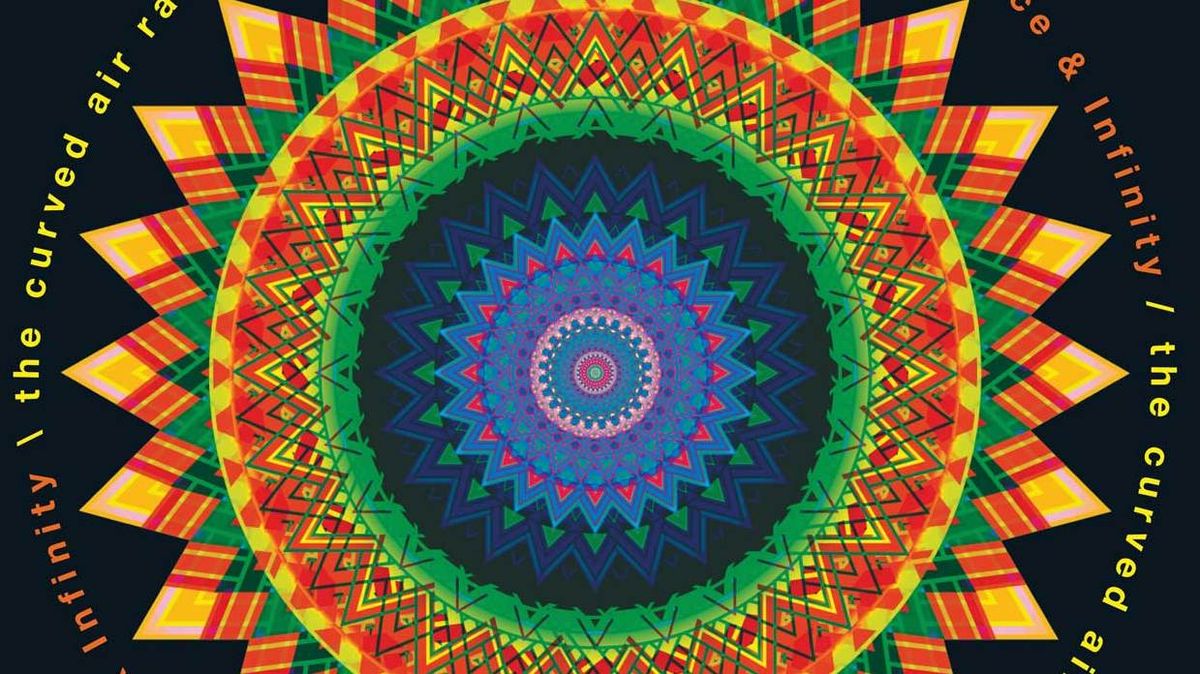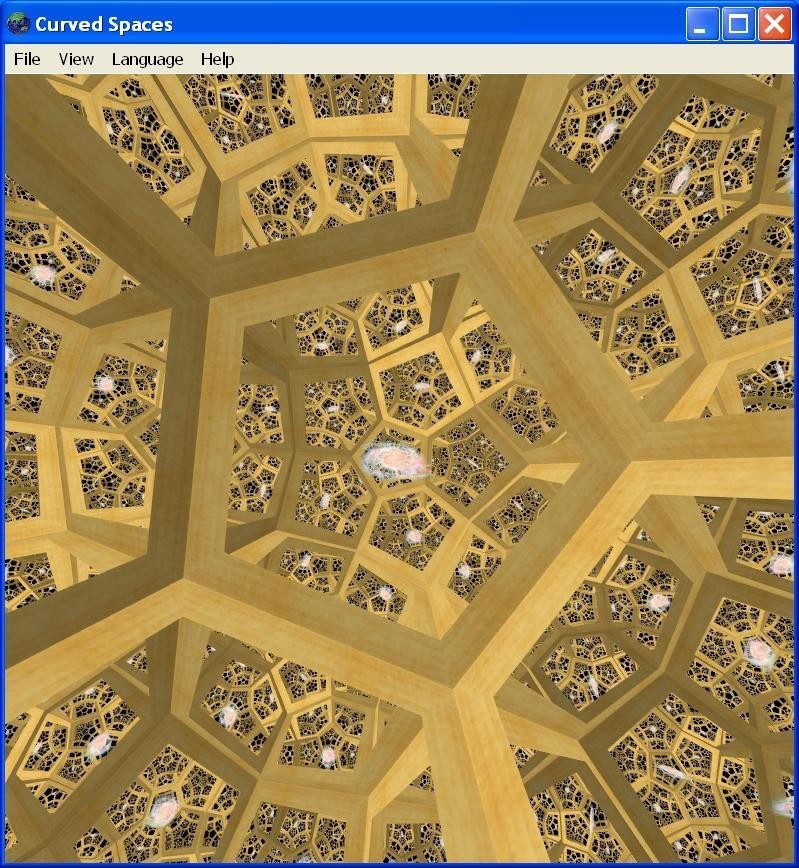

When we first hear talk of ‘curved space’ we rebel. Euclidean geometry is the geometry of a space whose curvature is everywhere zero – the geometry of the imaginary space of a matter-free universe. Any change in the amount and distribution of matter will change the curvature of spacetime. Matter, it is asserted, warps space (strictly, spacetime): its gravitational field bends space (and dilates time). In non-Euclidean space, the sum of the angles of a triangle may be greater than 180° more importantly, the shortest distance between two points may not be a straight line, but a curved one. For in contemporary physics, space is curved, or non-Euclidean. The price for promotion, however, is high: unintelligibility. The Eleatic philosopher argued that since space was Nothing, it could not divide Being into beings: to be separated by Nothing was not to be separated at all, and the world seen aright was a single entity.Ī radial picture of the Universe by Pablo Carlos Budassi A Curve Ball At Curved Space This is promotion indeed for an emptiness whose very existence was denied by our cognitive godfather, Parmenides (c.515-c.460 BCE). The General Theory of Relativity brought the erstwhile backdrop, the stage set, into the drama, where space (and time) are active players. Indeed, it might be argued that physical space should be grateful to modern physics for upgrading it from an inert background.

So long as we don’t think that the physicists’ space is more fundamental than, or is the ultimate reality of, lived space, then no harm is done. Its extraordinary explanatory, predictive, and practical power has come from shedding this irrelevant baggage. Mechanics is not psychogeography and a good thing too, they might argue. The kind of space that they are interested in, the space of mechanics and of material objects and force fields, is not the parochial space of the shopper and the doctor and the tourist. Physicists would hardly waste a shrug on such criticism. They are void of secondary qualities – warmth, brightness, colour, texture – never mind meaning, value, and use – even though all these qualities are inseparable from the space in which we experience, enact, and suffer our lives. The inhabitants of the physicists’ space are fields and objects that have only primary qualities – size, distance, number of instances. The space of the physicist has neither ‘here’ nor ‘there’, no centre or periphery, no inside or outside, except in terms of relationships between points defined mathematically with respect to a frame of reference built out of axes whose (0,0,0) point of origin is arbitrarily chosen. Places – habitats – are stripped down to decimal places. Space is translated into points, lines, surfaces, and volumes to dimensions or quantitative parameters x y, z. The most obvious assault on space is analogous to that which time has had to suffer: reduction to a pure quantity. They should form a victim support group, which is why this column is devoted to a defence of space. My own view, however, is that both space and time are traduced in physics. And many physicists have dreamed of a version of a Theory of Everything in which time disappears altogether.įor some thinkers, notably the French philosopher Henri Bergson, the Original Sin is the presentation of time as if it were a kind of space. This can be parked under a line as a denominator (e.g., speed = distance/ t), or multiplied by itself, or by the square root of -1 – indignities that real stretches of time such as afternoons would not tolerate. Time in physics is present as an abstraction, a pure quantity: little t.

As Herman Minkowski put it, “space by itself, and time by itself, are doomed to fade away into mere shadows, and only a kind of union will preserve an independent reality” ( The Principle of Relativity, 1952). Worse, the theory seemed to deny time an independent existence. Relativity theory stripped it of its tenses, dismissing the difference between past, present, and future as illusory. With a few exceptions, physicists have not been kind to time. In earlier columns, I have defended time from the assaults of physics. SUBSCRIBE NOW Tallis in Wonderland Thinking Straight About Curved Space Raymond Tallis rules out a distorting physics metaphor.


 0 kommentar(er)
0 kommentar(er)
